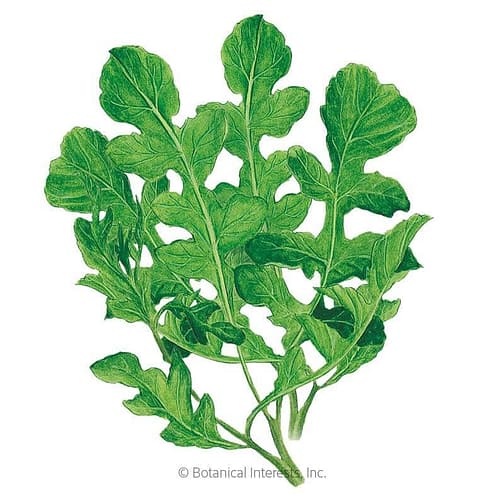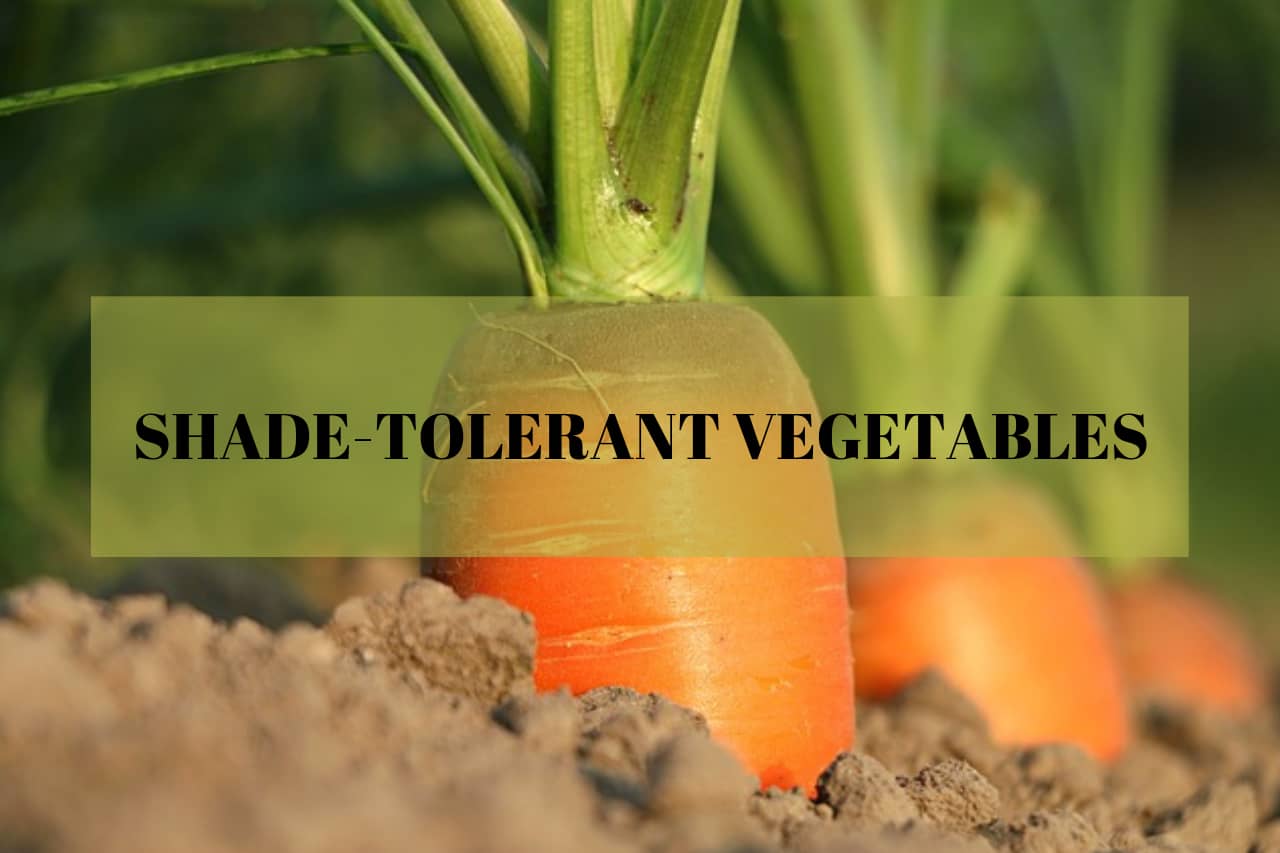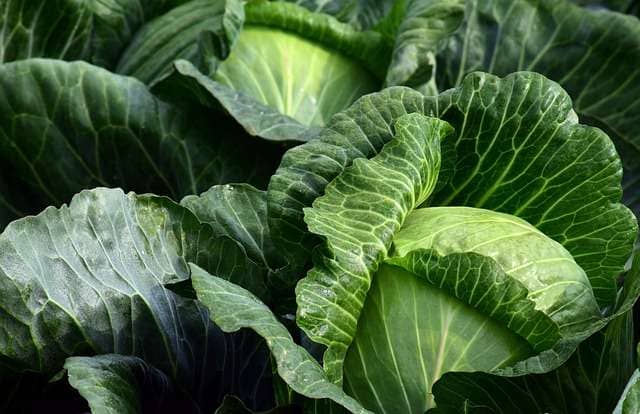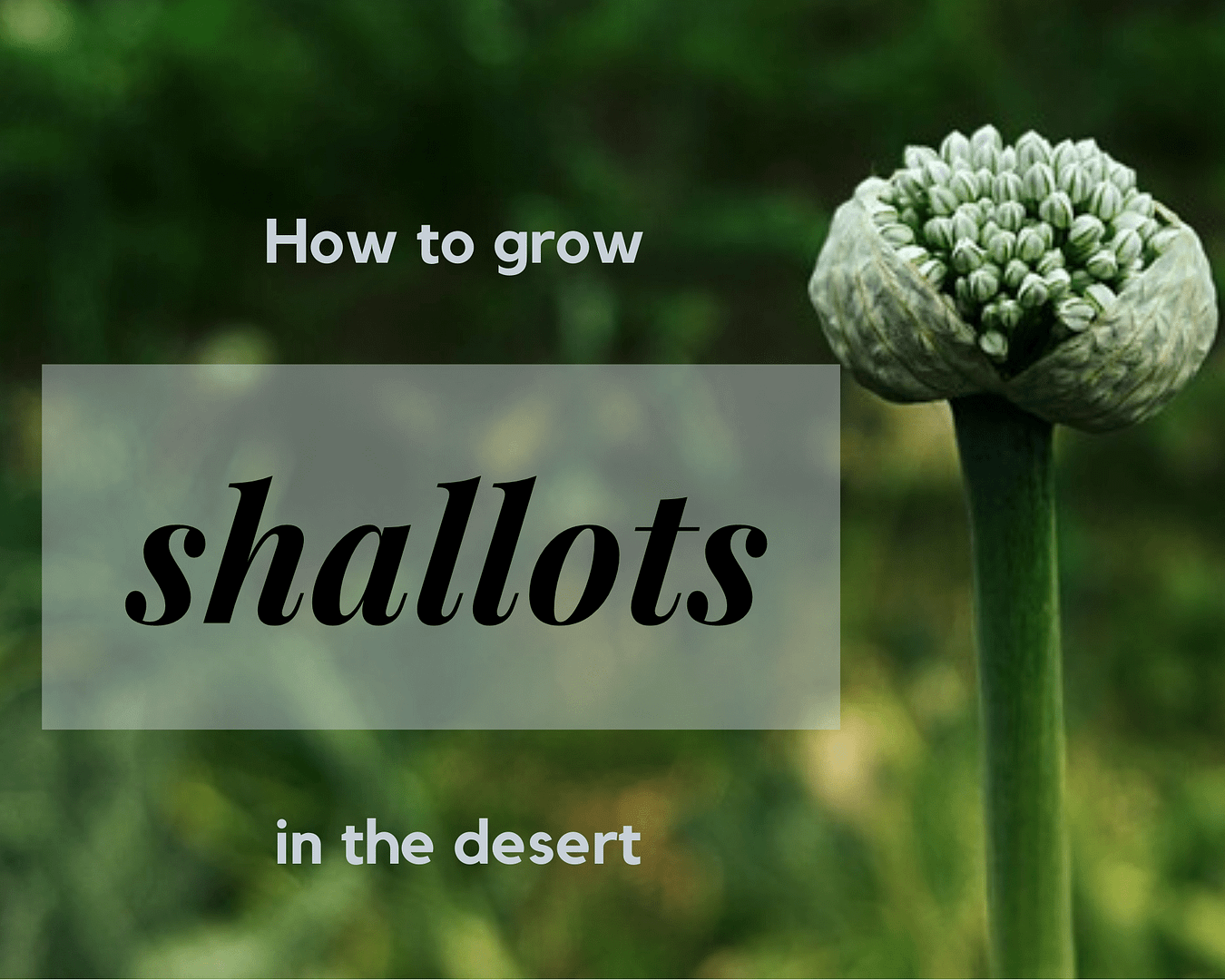This post may contain affiliate links. As an Amazon Associate we earn from qualifying purchases.
Yup, there actually ARE vegetables that grow in the shade!
I recently received an email from a reader who wants to know which vegetables grow in the shade. Sounds crazy, I know, but there are several vegetables that will grow just fine in the shade.
In fact, shade, dappled shade, partial shade – none of these are the kiss of death for certain vegetable crops.
First, let’s define “shade” when it comes to gardening
Light shade is one that doesn’t receive full sun but is still “open to the sky,” according to the Royal Horticultural Society. Certain root crops and some leafy greens will do fine when grown in light shade.
Partial shade: Sites that receive from three to six hours of direct sun are considered partially shady.
Dappled shade: Sites beneath open-canopied trees, where the sun dances in and out of the foliage, are considered to be in dappled shade.
Moderate shade: these sites receive from two to three hours of direct sun each day.
Deep shade: Sites beneath heavily-canopied trees or in the shadow of large buildings are deeply shaded. They typically receive less than two hours of direct sun every day.
Deeply shaded gardening sites aren’t suited to growing much, especially vegetables. Partially shady and lightly shaded gardens are the best of the shade variety of sites in which to plant vegetables.

Leafy greens to grow in your shady garden
- Arugula (try Astro arugula)
- Cabbage (see our posts on How to Grow Cabbage and Growing Cabbage Quickly)
- Chard
- Chinese cabbage (Bok Choy)
- Endive
- Escarole (try this French heirloom variety)
- Kale
- Lettuce (or, check out the Lettuce Lovers Collection at Amazon.com)
- Spinach (check out the yummy selection at botanicalinterests.com, then read How to Grow Spinach Like a Pro
 Root crops that grow in the shade
Root crops that grow in the shade
Other vegetable plants that do well in shade
- Broccoli (Have you tried Romanesco?)
- Brussels sprouts
- Cauliflower
- Celery
- Garlic (read our Complete Guide to Growing Garlic)
- Kohlrabi
- Mustard
- Potatoes
- Watercress (lucky you if your local supermarket stocks watercress. None in my town do, so we grow our own. These seeds are amazing).
How to grow vegetables in the shade
Shade gardening is considered pushing the boundaries when it comes to growing vegetables. If you’ll be planting from seed, start them indoors. A controlled environment (heat mats, lights, etc.) will help speed up germination and seedling growth.
Other tips for growing vegetables in shade include:
- If it’s trees that are shading the garden, you may want to consider using raised beds. This will help avoid the invasion of the trees’ roots into your garden.
- Whether in-ground or in raised beds, use lots of compost in your soil and ensure it’s mixed in to at least 6 inches (deeper for root crops).
- Then, consider applying a layer of plastic reflective mulch to the soil to maximize the amount of sunlight to the site. Amazon.com sells one that we particularly like and you can find it, here
By the way, if you have heavy soil, check out our tips for growing vegetables in clay soil.
Happy growing!




